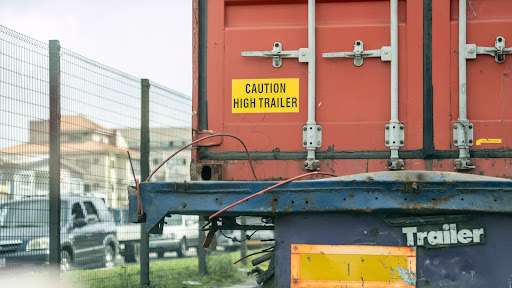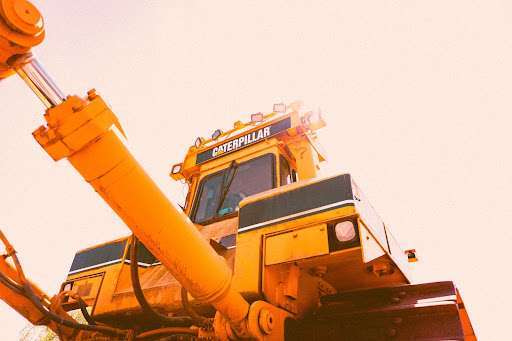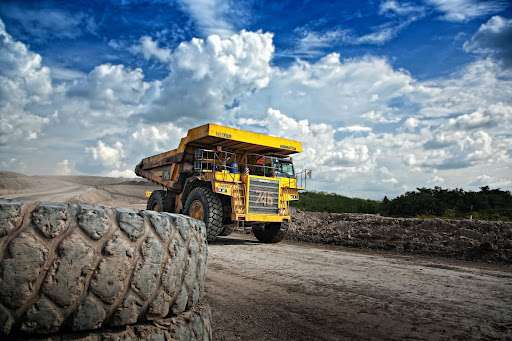Many tasks are impossible to do without the use of substantial machinery, yet with such machinery comes added duty and complexity. In order to prevent serious harm, there are a number of precautions workers must take while using heavy machinery. In fact, the transportation and warehousing industry alone was responsible for 874 deaths in 2018, while construction was responsible for 1,008.
Furthermore, OSHA reports that every year, one out of every ten construction workers has some kind of injury on the job. If there are so many shocking statistics about workplace dangers, how can employees be expected to operate heavy machinery safely?
Table of Contents
Pre-Operational Checks Of Equipment
Prior to each use, tools should be checked to ensure they are in peak condition. Verify that all fluid levels are OK and that no parts are cracked or otherwise damaged. There should be enough tread on the tires, and all components should be securely secured. Inspect the vehicle’s stability by making sure the heavy duty wheel chocks are set up.
Once the equipment has started up, make sure that no warning lights are on and that everything is working as it should. Make sure the cab rotates and the equipment stretches out correctly before using it. Not only should broken machinery and equipment be fixed as soon as possible, but they should also be taken out of service temporarily while they are being fixed.

Pay Attention To Your Surroundings
When operating heavy equipment, it is crucial to pay close attention to one’s surroundings. You shouldn’t simply watch out for yourself and your employees, but also for any overhead wires, underground utilities, or other obstacles that might hurt you. Heavy equipment operation calls for sharp eyes and a clear head.
Machine Operators’ Education And Development
A person should always have equipment operator training under their belt before starting to work with any kind of heavy machinery. It’s possible that a well-rounded training program, including both theoretical and practical components, might produce an operator who is ready to safely manage heavy machinery. Simple common sense rules, like always using a seatbelt, may save lives in dangerous situations.
Entering and exiting equipment while maintaining the vital three points of contact may prevent many serious injuries. Additionally, staying away from running machinery is a good rule of thumb. Use the parking brake, remove the keys, and never leap to escape heavy machinery to prevent serious injury.
Do Not Attempt To Use The Tools For Anything Other Than What They Were Designed To Do
The scope of use for heavy machinery and equipment is narrow, and it is imperative that such machines never be put to any other use. Each piece of equipment has restrictions for a good reason, and it’s easy to put one’s safety at risk by disobeying them. Large industrial machinery, such as metal lathes or overhead cranes, is clearly needed and used for its intended purposes. It’s risky and counterproductive to utilize heavy machines for tasks other than what they were designed for.
Wearing the appropriate PPE on the work site, such as hard helmets, gloves, and safety glasses, is one of many other common-sense guidelines to keep in mind while operating heavy machinery. Make sure the brakes are on and the wheels are blocked before doing any maintenance on the equipment. Always make sure you’re loading or unloading on a flat surface to prevent accidents. Don’t overload it, lock it up, and don’t move too quickly while dealing with large machinery.
It’s Crucial That Everyone Understands What’s Going On
Heavy machinery operators must check for potential dangers before reversing or changing positions. The most reliable method for avoiding mishaps is to have spotters stationed throughout the facility, with each one having its own two-way radio for constant communication with the operator. Unless everyone on your team has a two-way radio, you’ll need to teach them how to use hand signals and signs to talk to one another.
All spotters should wear suitable PPE, such as bright safety vests so that operators can easily recognize the team. When heavy machinery is in use, spotters should not only wear protective gear like safety vests and goggles, but they should also be responsible for directing pedestrians and oncoming vehicles to safety.

Final Thoughts
Anyone with even a little bit of experience in the construction industry knows how important heavy machinery is for keeping big projects on track and under budget. While necessary for a successful construction project, heavy equipment may be difficult to operate and provide a hazardous environment for workers. Establish precautionary measures to ensure the security of the machine’s users, workers, and passers-by. Keep your construction project on schedule by following the five safety measures for operating heavy equipment that was just discussed.


